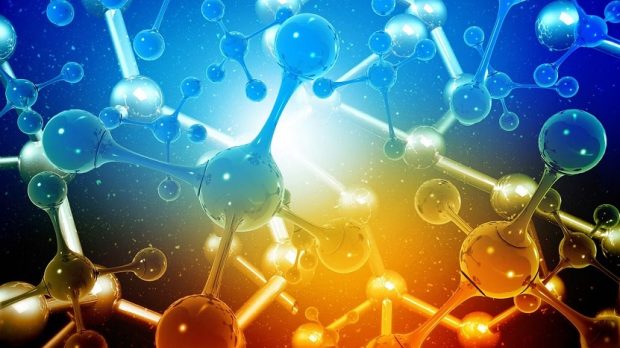
Like-charged particles can attract each other, Oxford researchers find
PTI, Mar 3, 2024, 8:30 AM IST

Representative image (Source: iStock)
New Delhi: Particles with similar charges have been found to attract each other in a new research, a finding that can potentially overturn long-held beliefs, according to researchers.
‘Opposite charges attract; like charges repel’ is a fundamental principle of physics. However, this study from the University of Oxford, UK, has demonstrated that similarly charged particles in a solvent medium can attract each other over long distances.
The researchers also found that depending on the solvent’s pH (acidity or basicity measure), the nature of the force — attraction or repulsion — was different for positively and negatively charged particles. While in water, the negatively charged particles were seen to form clusters, in an alcoholic medium, the positively charged particles were clustered up.
The findings have drawn attention as they seem to contradict the central electromagnetic principle that the force between charges of the same sign is repulsive at all separations, the researchers said.
The results have “immediate” implications for a range of processes involving inter-particle and intermolecular interactions, such as in pharmaceuticals and biochemistry, they said.
The study was published in the journal Nature Nanotechnology.
For the study, the research team used bright-field microscopy and found that negatively charged silica microparticles suspended in water attracted each other to form hexagonally arranged clusters.
However, it was also found that positively charged aminated silica particles (converted into amines) did not form clusters in water.
The team established, based on a theory of inter-particle interactions, that for negatively charged particles in water, there was an attractive force outweighing electrostatic repulsion at large separations, resulting in the forming of clusters.
For positively charged particles in water, the researchers said that the solvent-driven interactions were always repulsive in nature, and therefore, no clusters formed.
The team found this cluster-forming effect to depend on the pH of the solvent. They observed that they were able to control the forming of clusters for negatively charged particles by altering the pH. However, the positively charged particles did not form clusters, regardless of the pH.
The researchers then changed the solvent to alcohols, such as ethanol, and observed the reverse – positively charged aminated silica particles formed hexagonal clusters, whereas negatively charged silica did not.
The study findings implied a fundamental re-calibration in how we understand and think about processes as different as the stability of pharmaceutical and fine chemical products or the pathological malfunction associated with molecular aggregation in human disease, the researchers said.
The new findings also provide evidence for the ability to probe properties of the interfacial electrical potential due to the solvent, such as its sign and magnitude, which were previously thought immeasurable, they said.
Udayavani is now on Telegram. Click here to join our channel and stay updated with the latest news.
Top News

Related Articles More

ISRO & ESA agree to cooperate on astronaut training, mission implementation

Snatcher lands in police net in Delhi, AI tech helps reveal identity

AI Meets Health: The Rise of Smart Fitness Solutions

Power Up by Powering Down: 10 Energy-Saving Tips for Every Home

Multi-lingual AI chatbot to assist visitors during Maha Kumbh Mela 2025
MUST WATCH
Latest Additions

Joe Root returns to England’s ODI squad for India tour, Champions Trophy; Ahmed in T20Is

INX Media case: Delhi court allows Congress MP Karti Chidambaram to travel abroad

Take steps to establish NIMHANS and diabetology units in Kalaburagi and Mysuru: CM Siddaramaiah

PM Modi receives Kuwait’s highest honour

Parcel blast case: Accused learned to make bombs on internet to target in-laws; arrested with aide
Thanks for visiting Udayavani
You seem to have an Ad Blocker on.
To continue reading, please turn it off or whitelist Udayavani.





















